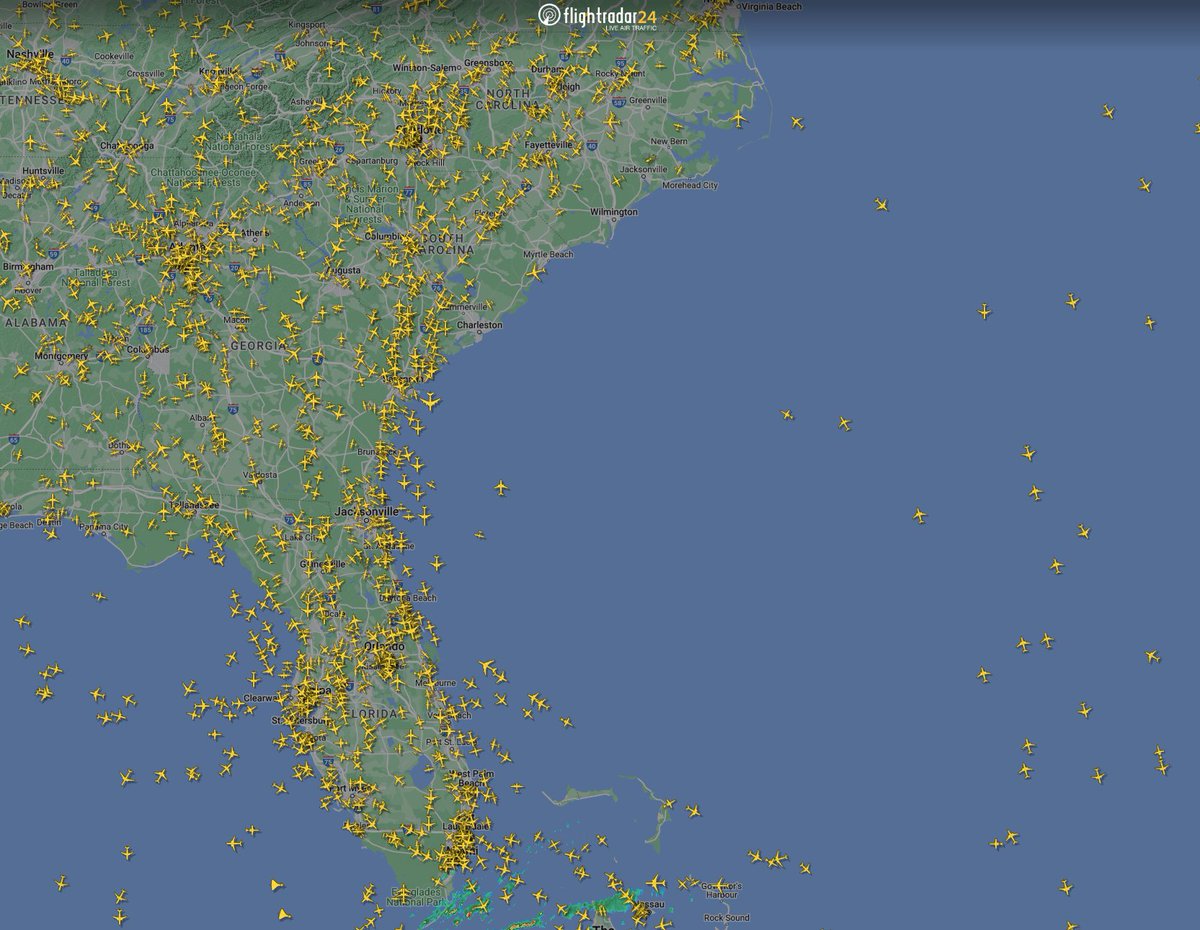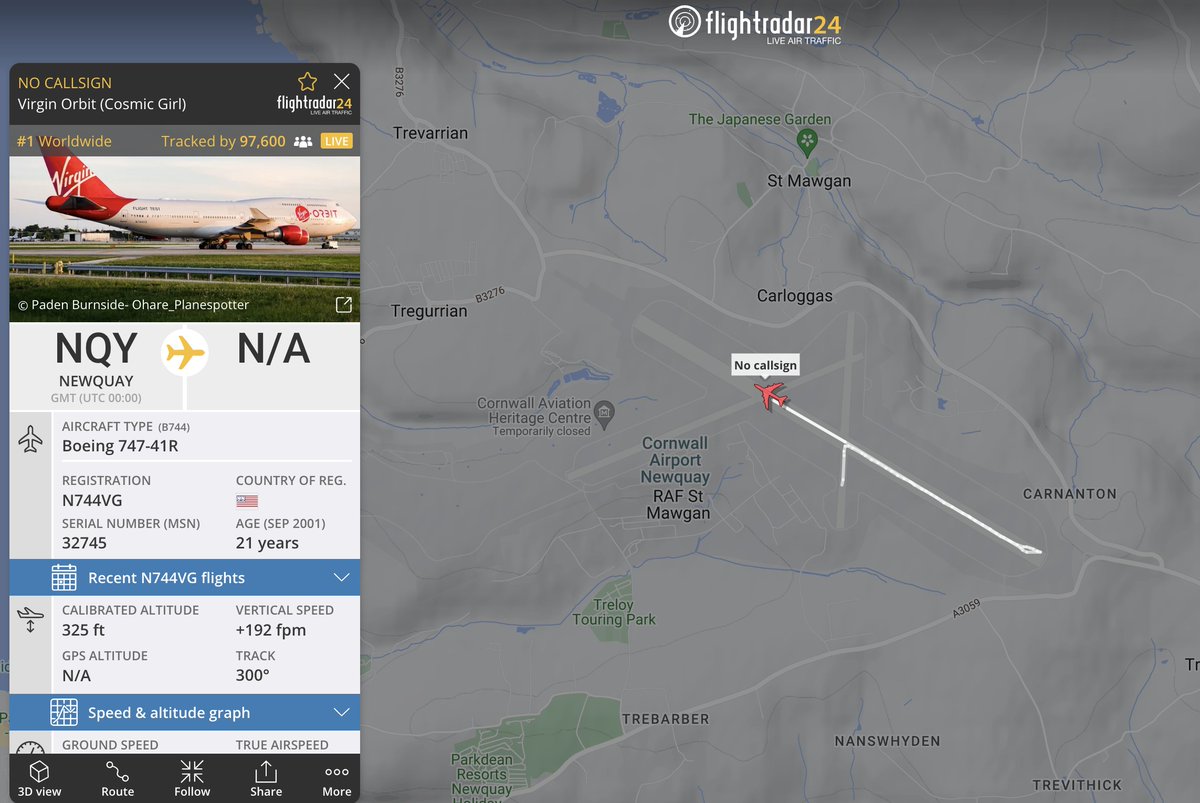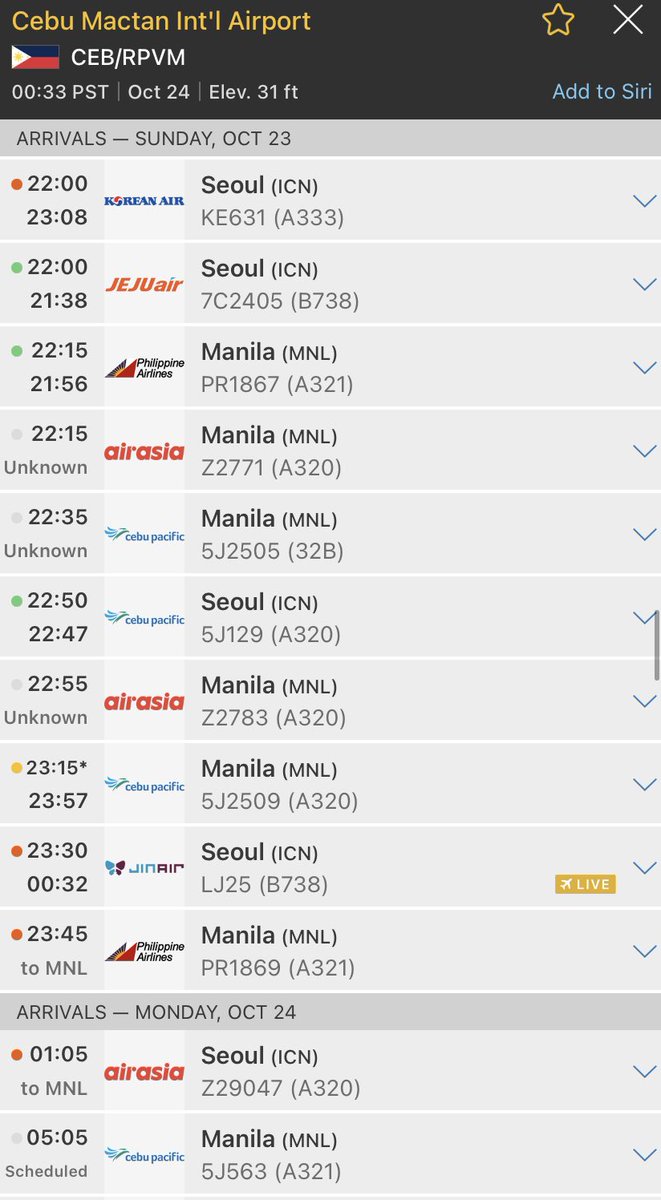We’re following reports that #IX1344 suffered a runway excursion at Kozhikode. flightradar24.com/data/flights/i…
While we do not appear to have ground coverage we are currently processing additional granular ADS-B data from this flight.
While we do not appear to have ground coverage we are currently processing additional granular ADS-B data from this flight.
https://twitter.com/ANI/status/1291753982608601095
#IX1344 was operated by a Boeing 737-800 registered VT-AXH. The aircraft was delivered to Air India Express in 2006. flightradar24.com/data/flights/i… 

METAR at the time:
VOCL 071400Z 26012KT 2000 -RA SCT003 SCT012 FEW025CB OVC080 24/23 Q1008 TEMPO 1500 -RA BR
#IX1344
VOCL 071400Z 26012KT 2000 -RA SCT003 SCT012 FEW025CB OVC080 24/23 Q1008 TEMPO 1500 -RA BR
#IX1344
Examination of the granular data for this flight unfortunately does not yield additional data.
• • •
Missing some Tweet in this thread? You can try to
force a refresh





















